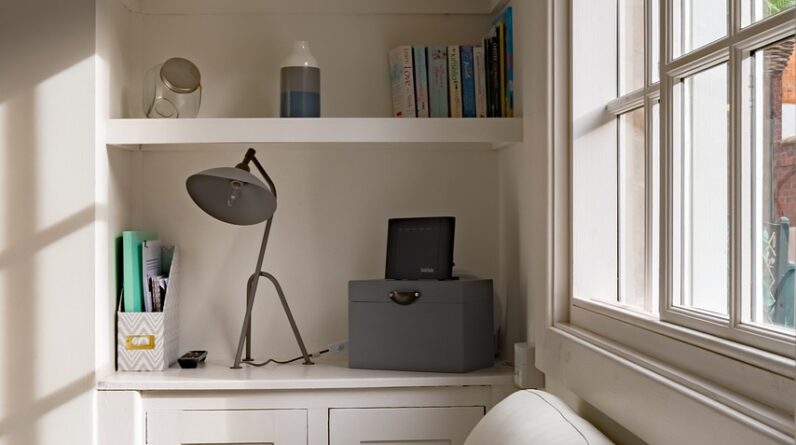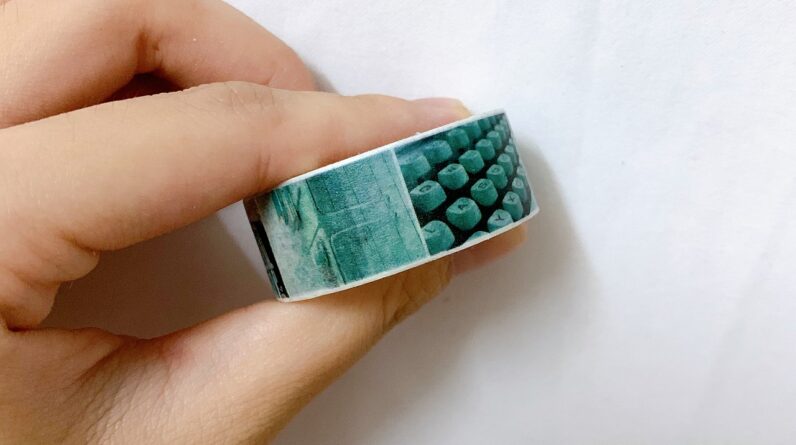
Hey there, crafting enthusiasts! We’re excited to introduce our latest DIY guide on how to create your own stencils for crafting. In this article, we’ll walk you through the simple steps to design and cut out custom stencils that will add a unique touch to your creative projects. Whether you’re looking to personalize tote bags, decorate walls, or add flair to homemade cards, we’ll show you how easy and fun it is to bring your ideas to life with personalized stencils. Get ready to unleash your inner artist and let’s dive into this crafty adventure together!
Have you ever felt the spark of creativity when you see a beautifully stenciled design and thought, “I can make that myself?” Well, you’re not alone! Creating your own stencils for crafting is not only a rewarding experience but also opens up endless possibilities for personalized art. From decorating your home to personalizing gifts, stencils can be incredibly versatile.
In this friendly and detailed guide, we’ll dive into how you can create your own stencils for crafting. You don’t need to be a professional artist; with a little patience and creativity, you can make stunning designs that will leave you and your friends in awe.

Why Create Your Own Stencils?
Creating your own stencils gives you full control over the design and outcome. Store-bought stencils can be limiting in terms of designs available, but when you make your own, the sky is the limit. Plus, it’s more economical and environmentally friendly because you can use materials you already have at home.
Benefits of DIY Stencils
- Custom Designs: Unleash your creativity with custom designs that reflect your unique style.
- Cost-Effective: Use materials you already have or can easily find, saving money in the long run.
- Sustainable: Reduce waste by reusing and recycling materials.
- Personalized Gifts: Create one-of-a-kind, heartfelt gifts for your loved ones.
Materials You’ll Need
Before we dive into the steps, let’s gather all the materials. The good news is, you probably have many of these items already!
| Material | Purpose |
|---|---|
| Stencil Material | Plastic sheets, Mylar, cardstock, or freezer paper |
| X-Acto Knife or Scalpel | Cutting intricate designs |
| Cutting Mat | Protects your surfaces and ensures clean cuts |
| Pencil and Eraser | Sketching designs |
| Printer and Paper | For printing designs |
| Tape | Holds stencil material steady |
| Ruler | Ensures straight lines and accurate measurements |
| Paints and Brushes | Applying the stencil |
Additional Optional Materials
- Spray Adhesive: Helps in securing the stencil to your project.
- Transfer Tape: Useful for intricate designs.
- Stippling Brushes: Enhances the texture of the paint application.
Step-by-Step Guide to Creating Your Own Stencil
Ready to dive in? Follow these step-by-step instructions to create your custom stencil.
Step 1: Choose Your Design
First, decide what design you want for your stencil. You can draw something by hand or find a design online. Keep in mind that simpler designs are easier to cut and yield better results.
Tips for Choosing a Design
- Contrast: High-contrast designs are easier to cut.
- Simplicity: Start with simple shapes if you’re a beginner.
- Continuous Lines: Ensure all parts of the stencil connect, or you’ll end up with floating pieces.
Step 2: Prepare Your Materials
Ensure you have all your materials ready to go. Depending on your chosen stencil material, you might need to make slight adjustments to your technique.
Step 3: Print or Draw Your Design
If you have chosen a digital design, print it out to the size that you need. If you are drawing by hand, sketch it out on a piece of paper.
Step 4: Transfer Your Design
Lay your stencil material on a flat surface.
Using a Printer:
If your design is digital, print it directly onto the stencil material if possible. Some printers can handle Mylar and thin plastic sheets.
Hand Drawing:
For hand-drawn designs, place the paper with your design underneath the stencil material and trace over it with a pencil.
Step 5: Secure the Stencil Material
Use tape to fix the stencil material and the design onto your cutting mat. This prevents them from shifting and ensures a clean cut.
Step 6: Cut Out Your Design
Now comes the exciting part! Using your X-Acto knife or scalpel, carefully cut along the lines of your design. Take your time with this step to ensure precision and safety.
Cutting Tips:
- Use a fresh blade: A sharp blade makes cutting easier and prevents tearing.
- Move the material, not the blade: Turn the stencil material as you cut to maintain a steady hand.
- Start with small sections: Especially for intricate designs, cut out smaller sections first.
Step 7: Clean Up the Stencil
Remove any excess pieces or small bits of material from your stencil. Use an eraser to clean up any lingering pencil marks.
Applying Your Stencil
Now that you have your beautifully crafted stencil, it’s time to bring your designs to life!
Step 1: Prepare Your Surface
Clean the surface where you want to apply the stencil. Make sure it’s free from dust and debris to ensure clean application.
Step 2: Secure the Stencil
Use tape or spray adhesive to secure the stencil onto the surface. Make sure it’s firmly in place to prevent any bleeding of the paint.
Step 3: Apply the Paint
Using your paint and brushes (or stippling brushes for texture), apply the paint over the stencil. Dab gently to avoid lifting the stencil.
Step 4: Remove the Stencil
Carefully lift the stencil off the surface while the paint is still wet. This prevents the paint from drying and sticking to the stencil.

Tips and Tricks for Perfect Stenciling
Even seasoned crafters have a few tricks up their sleeves. Here are some pro tips:
- Multiple Layers: For a more complex design, use multiple stencil layers.
- Test Runs: Practice on scrap material before applying to your final project.
- Even Coats: Apply paint in thin, even coats to avoid bleeding.
- Cleaning Stencils: Immediately clean your stencil after use to prevent dried paint from distorting future designs.
Common Mistakes and How to Avoid Them
Everyone makes mistakes, but here’s how to avoid common pitfalls:
- Bleeding Paint: Secure the stencil firmly and use thin coats of paint.
- Jagged Edges: Use a sharp blade and take your time while cutting.
- Shifting Stencil: Use enough tape or spray adhesive to keep it steady.
- Incomplete Cuts: Double-check and ensure all design areas are cut through.

Creative Ideas for Using Your Stencils
Now that your stencils are ready to go, here are some creative ideas on how to use them:
Home Décor
- Wall Art: Transform blank walls into works of art with intricate patterns.
- Furniture: Revamp old furniture with unique designs on tabletops or drawers.
- Textiles: Apply your stencil on cushions, curtains, or rugs for a bespoke look.
Personalized Gifts
- Greeting Cards: Handmade cards with custom stencils are always a hit.
- Gift Wrapping: Stencil onto wrapping paper or gift bags for a personal touch.
- Canvas Bags: Decorate reusable bags that can be both beautiful and functional.
Special Occasions
- Party Decorations: Create banners, tablecloths, and other party decor.
- Seasonal Items: Customize pumpkin carvings, Easter eggs, and more with stencils for each holiday.
Conclusion
Creating your own stencils for crafting is not just a rewarding endeavor, it’s also a fun and effective way to personalize your projects. From custom home décor to personalized gifts, the possibilities are endless. By following this friendly guide, we hope you feel inspired and empowered to start your own stencil journey.
Remember, the key is to enjoy the process and let your creativity flow. It might take a little practice, but the results will be worth it. So, gather your materials, choose your design, and let’s get stenciling! Happy crafting!







